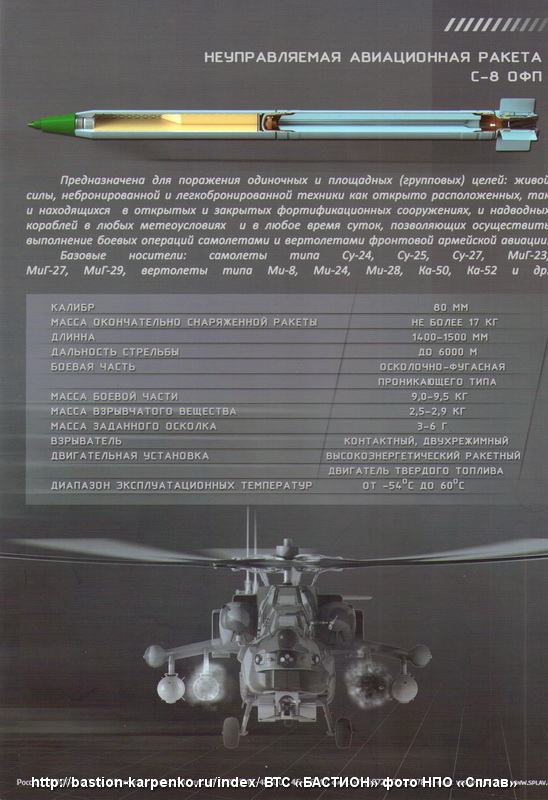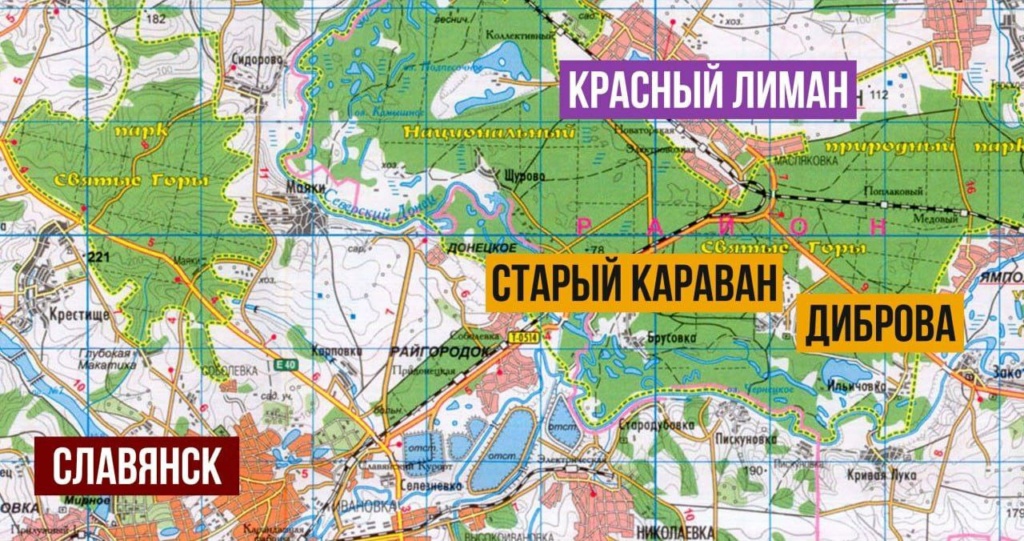05/30/2022
Business newspaper "Vzglyad"
When Ukraine will be left without combat aviation
The Russian military almost daily reports enemy planes and helicopters shot down in the Ukrainian sky. However, back in March, it was reported that "practically all" combat-ready aircraft of the Kyiv regime had been destroyed. It turns out that Ukraine receives aircraft from abroad and somehow manages to quickly repair damaged aircraft. What does the Ukrainian Air Force fly on and how combat-ready are they ?
"Russian air defense systems shot down one MiG-29 aircraft of the Ukrainian Air Force over the village of Belyary, Odessa region," Major General Igor Konashenkov, spokesman for the Russian Defense Ministry, said on Friday. A day earlier, Konashenkov announced that in the sky of the same Odessa region, in the Kremidovka region, a Ukrainian military transport aircraft of the Air Force, delivering weapons and ammunition, was destroyed, and an Mi-24 attack helicopter was shot down over Gusarovka in the Kharkov region. Later on Saturday, two more Su-25s and a Mi-8 helicopter were shot down.
Reports of similar successes in the Russian air defense and air forces are received almost daily. At the same time, many remember that on March 6, at the very beginning of the special operation, the same General Konashenkov reported on the death of almost all of the enemy’s combat-ready aircraft. “Practically all combat-ready aviation of the Kiev regime has been destroyed,” the TASS general quoted the general at the time. “At the same time, we are reliably aware of Ukrainian combat aircraft that had previously flown to Romania and other border countries.”
It is worth recalling: according to our General Staff, at the time the special operation began, the Armed Forces of Ukraine had 152 aircraft in service, mainly Su-27, MiG-29, Su-25. There were 149 helicopters, and this is the Mi-24 and various modifications of the Mi-8. And already on May 27, at a briefing in the Russian Ministry of Defense, the following numbers of Ukrainian aviation losses were announced - 180 aircraft and 127 helicopters.
That is, if helicopters still remain in a few numbers, then the planes began to knock out, it turns out, already in the second round. It remains to be concluded that Ukraine receives aircraft from abroad. How is this done? Most likely, and this is confirmed by foreign sources, the planes are transported under the guise of spare parts. The wings are undocked, making the flying machine suitable for transportation by rail or road, and in this disguised form they are moved across the border.
As for helicopters, the technology of their deliveries from the West is the same - everything that can be removed is removed from the aircraft to reduce its dimensions, transported over the ground, then assembled. For example, at the beginning of this week it was reported that the Czech Republic was ready to provide seven Mi-24 strike "turntables", but this information has not yet been confirmed. The United States seems to have promised to allocate 17 units of Mi-17 helicopters from among those they had previously ordered from Russia for the Afghan Air Force. Most likely, these machines are waiting in the wings at the helicopter repair center in the Emirates, but whether they will be sent to Ukraine is still unknown.
What exactly can the allies supply to Kiev ? These are MiG-29 fighters and Su-25 attack aircraft. The latter were only in the arsenal of Poland, but the MiGs could theoretically come not only from Poland, but also from Bulgaria, Slovakia and Romania, which General Konashenkov mentioned in March. In any case, we are talking about a fairly small number - say, Bulgaria officially has 16 MiG-29s, of which hardly a dozen are in flight condition. Poland has the most MiGs - 25-30 pieces, and not everyone is able to fly either.
It is also possible that some combat aircraft, which our military considered destroyed at the airfields, actually turned out to be still suitable for repair and have now been returned to service.
The fact is that the Kiev regime has another source of replenishment of the fleet. In Ukraine, there are several aircraft repair plants left - in the same Odessa, in Kiev, Zaporozhye, Lvov, Nikolaev, Kharkov, plus a plant in Konotop (Sumy region), which specializes in repairing helicopters. Each of them probably had a certain number of machines - under repair or in anticipation - that were able to quickly return to service with the help of spare parts and assemblies supplied from the West. And the Zaporozhye engine-building plant "Motor Sich" also had its own aircraft repair base, and, most likely, the recent missile attack on the plant was aimed precisely at this site.
Decommissioned planes go into battle
The fact that NATO countries - in particular, Poland, Germany or Slovenia - can be transferred to Kiev is a drop in the ocean, I am sure the deputy editor-in-chief of the Aviapanorama magazine, Honored Military Pilot of the Russian Federation, Major General Vladimir Popov. His own estimates of the arsenal of the Ukrainian Air Force by the time the conflict began differ sharply from the estimates of our General Staff. "Today, Ukraine has about 200 combat aircraft and helicopters left - this is about two divisions, and at the time the special operation began, there were about 600 of them. They are based partly in the middle lane - from Kharkov to Krivoy Rog and Odessa. But the main part is in the western regions. They have a second frontier in the region of Lutsk, Lvov region, Ternopil and Transcarpatia. It is there that aviation is now preparing for repeated strikes against the Russian armed forces," Popov told the VZGLYAD newspaper.
He recalls that on the territory of Ukraine before the start of the conflict, there were several aircraft manufacturing plants, including in Kharkov and Gostomel near Kiev.
"In Ukraine, there were up to 20 repair enterprises for civil and military aviation. This is a great potential.
Zaporozhye Motor Sich was the largest aviation association, Popov says. Huge warehouses with aircraft parts have been preserved on the territory of the country since the times of the USSR. "And today Ukraine has the ability to reproduce individual units, equipment to maintain the combat serviceability of aircraft and helicopters," the expert stressed. He recalled that after gaining independence, more than 2.8 thousand various military aircraft and "the lion's share of well-trained pilots" remained in Ukraine. There were only 240 MiG-29 fighters of various modifications and about 70 Su-27s, 45 Su-24s and more than 30 Su-25s, and there is no need to talk about helicopters - there were a lot of them.
Former Deputy Air Force Commander of the Baltic Military District of the USSR for Army Aviation, Major General Alexander Tsalko agrees that Ukraine has "no problems" with the restoration of aviation equipment, especially helicopters.
“Planes that were decommissioned in peacetime can be sent into battle - due to the flight of the maximum number of hours or exceeding the service life. By military standards, both vehicles are quite combat-ready, because their task is to stay in the air for no more than three five hours In addition, decommissioned equipment serves as a donor for more modern, but damaged in battle. However, if we are talking about assembling helicopters from spare parts, then special enterprises are needed for this. "There is only one such plant in Ukraine - in Konotop. Since the Soviet years, Mi-6, Mi-26 and Mi-8 have been repaired there. The Russian Armed Forces can hit this plant if they find out that they have begun to assemble something like that there. And that's all the rest of the enterprises are just "sharash-assembly". Zaporozhye "Motor Sich" could assemble the Mi-8 or Mi-24, as previously planned, but it was recently heavily ruined. As you know, it was hit by a missile strike, "reminds Tsalko.
Personnel are turned into kamikaze
It should be remembered that the planes themselves do not fight, and Ukraine had an acute shortage of qualified military pilots even before the start of the conflict. That is why the Armed Forces of Ukraine, apparently, are forced to "motivate and invite" military pensioners. “The most painful point for them is the availability of personnel, their training. It is necessary not only to be able to fly. The pilot must have high motivation. Nobody can force him to physically perform this or that task in the air,” recalls Popov.
“Besides, constant training is important. If you haven’t flown for three months, you might already miss something. If you haven’t flown for a year, it’s even worse. perform a combat mission at any cost, then he can make a sortie in two or three days, but it will be almost suicidal," the general notes.
The pilot needs to be trained for three years - at the school (two terms of 10 months each) and another year in the unit, recalls Tsalko. True, in the case of "forced training" the period of study can be reduced to six months.
“Today, the flight crew in Ukraine has almost been completely exterminated.
They already had few pilots, but many had already died due to the low level of training, the minimum raid. There is only one flight school in Ukraine. I wonder how they agree to fly on such rubbish - not pilots, but kamikazes. They are shot down, and they continue to fly. I can’t even imagine what kind of mood reigns in the former air regiments, when people are constantly dying there, ”the expert is perplexed.
In any case, the echeloned military air defense of the Russian troops and the forces of the DPR and LPR quite successfully fight against any air targets, and the aircraft of the Aerospace Forces working on their targets always carry air-to-air missiles and therefore are capable of quickly hitting any identified enemy aircraft or drone .
"These strikes achieve results. The intensity of the use of the Ukrainian Air Force has decreased several times compared to the beginning of the operation," general Popov sums up.
The text was written by Alexei Peskov and Oleg Moskvin.
https://vpk.name/news/605928_kogda_u_ukrainy_zakonchitsya_boevaya_aviaciya.html





 PapaDragon
PapaDragon




